
Five tips for back-to-school vaccinations

U.S. Army Sgt. 1st Class Ayla Soltren, a 5th Battalion Army Reserve Career Division counselor, collects school supplies with her daughter, Lana, at a Back to School Info Fair hosted by the 6th Force Support Squadron at MacDill Air Force Base, Fla., Aug. 3, 2019. Another tradition of the season is making sure vaccinations are up to date to keep students healthy and protected. (U.S. Air Force photo by Airman 1st Class Ryan C. Grossklag)
The arrival of August brings the beginning of a new school year for students from kindergarten through high school. As a part of the back-to-school progress, most school districts require a series of vaccinations before returning to the classroom. Keeping children up-to-date on vaccinations protects them from vaccine-preventable infections that can be spread throughout schools and day care centers.
Dr. Margaret Ryan, medical director of the Defense Health Agency Immunization Healthcare Division, stresses the importance of vaccines among military families. Changing schools both within and outside the United States increases the risk of exposure to infections.
“Vaccines can prevent a wide range of infections, like measles and meningitis, as well as later consequences of infection, like cervical cancer,” Ryan said. “When parents keep their children up-to-date on all recommended vaccinations, they have given them a great gift for ensuring a healthy life.”
Ryan offers five vaccination tips for parents ready to send their children back to the classroom:
- Evaluate vaccination needs well before school starts.
Making medical appointments, reviewing prior vaccine records, and waiting for the vaccines to fully process after administration can take time. Ryan suggests evaluating the vaccination needs of children in advance of the school season to make sure the vaccines can provide the best protection during the school year. - There will be spikes in vaccination needs for students.
Expect many vaccine requirements before kindergarten – ages 4 and 5, and before middle school – ages 11 and 12. “However, it’s still wise to check that all children are up-to-date [on vaccinations] before every school year,” Ryan said. - All children should get the influenza, or flu, vaccine every fall.
Influenza is one of the most common respiratory infections that plague school systems every year, so parents are advised to vaccinate against the flu as soon as the vaccine is available that fall. “Even if schools don’t require flu vaccines,” Ryan said, “the vaccine is very important to keep children protected from this very common infection.” - School vaccine requirements may differ between states or change over time.
Different school districts may have different regulations regarding vaccines, or policies may change from year to year. These facts require an ongoing dialogue between families and health care providers. “Having regular conversations with health care providers can help families keep their children well protected,” Ryan said. - Maintain clear and complete copies of children’s vaccine records.
“While we expect medical clinics and schools to maintain good records, this can be challenging when families move and when vaccines are administered at different locations,” Ryan said. Maintaining complete records in the home will prevent unnecessary repeat vaccinations when families move from place to place.
When looking into vaccination for children, conflicting information that can circulate throughout the internet. Ryan encourages parents to check credible sources like the Centers for Disease Control and Prevention for the most up-to-date and complete vaccine information. The Military Health System also provides a wealth of information on common childhood vaccines, vaccination programs, and vaccination resources not just for children, but for overall family health as well.
If these resources don’t provide the needed information, Ryan suggests another great source: the health care provider. “Be assured that health care providers and the people who make vaccine recommendations want the same thing that all parents want – to keep children healthy,” Ryan said.
For healthy older adults, new shingles vaccine is worth the wait
Article
8/16/2019
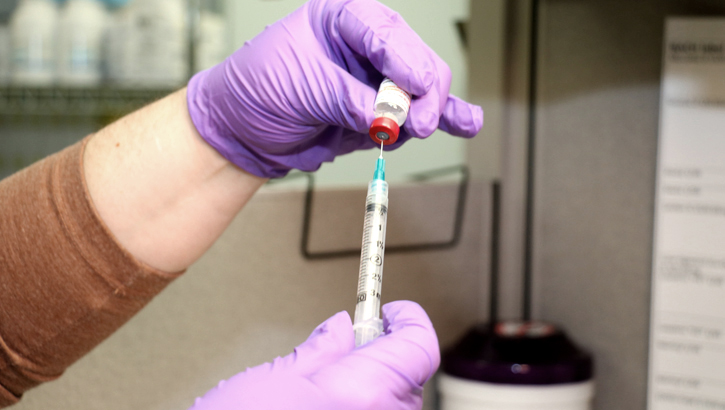
Availability has improved across the MHS, experts say
Three steps for a successful end-of-summer blow out
Article
8/14/2019

In just three stages, any military family can have a fun-filled welcome party for fall
Get kids ready for back to school with preventive health care
Article
8/8/2019

Preventive services, routine immunizations, and health screenings are the best ways to make sure your kids are healthy and ready to hit the books
Vaccines: A public health success story
Article
8/7/2019
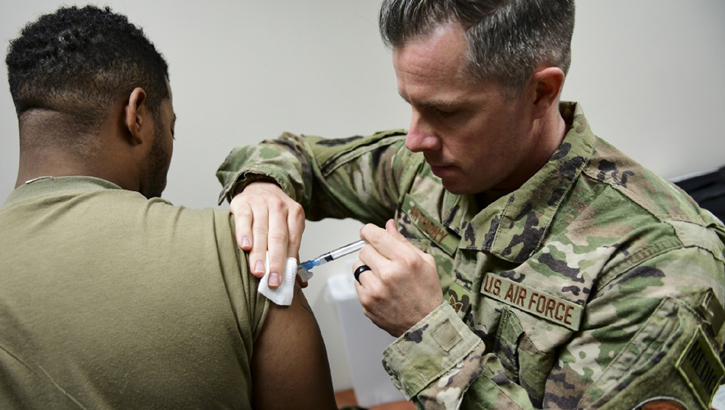
Maintaining a medically ready force is just one of many reasons to vaccinate
The kissing bug and Chagas disease
Article
8/1/2019
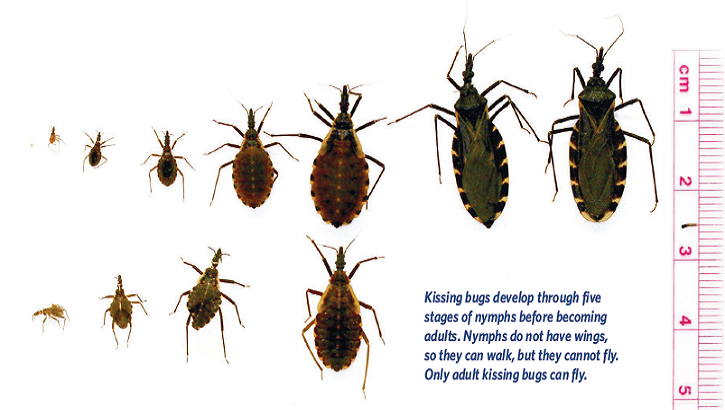
Chagas disease comes from a single-celled parasite that lives in the digestive tract of many species of kissing bugs
Tick Facts: Dangers at the height of tick season
Article
7/31/2019

Many diseases are transferred to humans by ticks — Lyme is the most common, but several others, described here, are worth knowing about
Zapping mosquitoes from the inside out
Article
7/29/2019
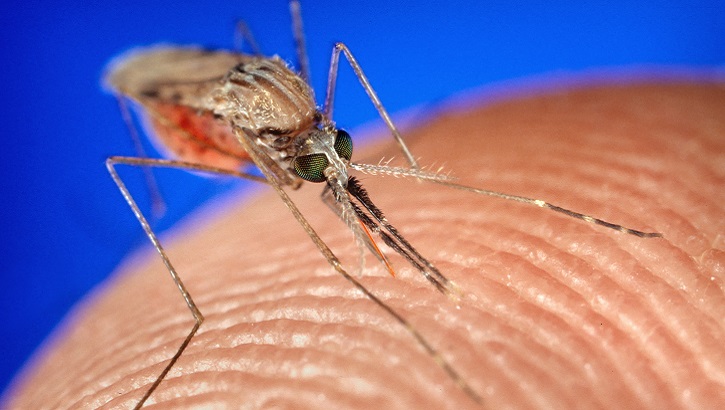
Mosquitoes aren’t just annoying at summer barbecues. In many parts of the world, they carry pathogens for Zika, dengue, yellow fever and malaria, the most devastating of mosquito-borne diseases. According to the Centers for Disease Control and Prevention, 440,000 people died in sub-Saharan Africa in 2016 from malaria, contracted from the bite of an infected female Anopheles mosquito. Protecting U.S. military personnel who continue to serve in this part of world is critical.
Men’s preventive health screenings essential for readiness and a lifetime of good health
Article
6/27/2019
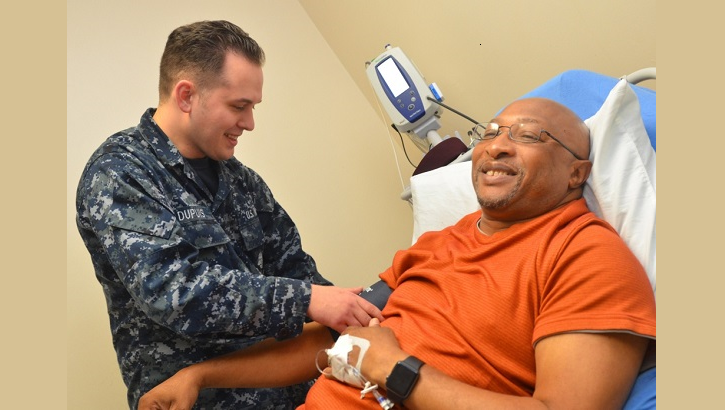
An apple a day helps, too
Mail-in colon cancer screening may end colonoscopy for most
Article
6/19/2019

The best test is the one the patient will do
Teddy bear health clinic
Article
5/17/2019

The clinic went through six boxes of teddy bears in just two hours
Mother's Day a chance to highlight care in the Military Health System
Article
5/8/2019

The Military Health System helps deliver more than 100,000 babies each year
DHA PI 6025.16: Processes and Procedures for Implementation of Standardized Perinatal Training
Policy
This Defense Health Agency-Procedural Instruction (DHA-PI), based on the authority of References (a) and (b), and in accordance with the guidance of References (c) through (p), establishes the Defense Health Agency’s (DHA) procedures to describe standard processes and criteria for developing and sustaining comprehensive systems to provide, assess, and monitor standardized perinatal training for military medical personnel providing services to mothers and infants.
- Identification #: 6025.16
- Date: 4/30/2019
- Type: DHA Procedural Instruction
- Topics: Children's Health
Preteens, teens target audience for HPV vaccine
Article
4/29/2019

Inoculation has 'huge potential' to reduce cancer cases
Pediatric medical services providers increase access to care for beneficiaries
Article
4/23/2019
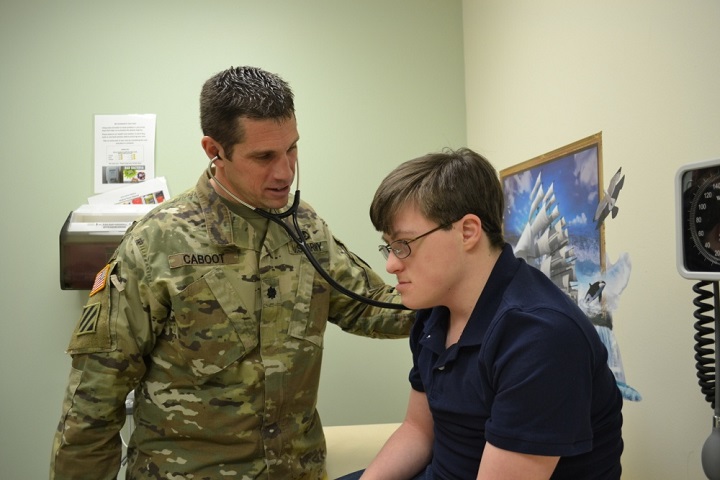
Pediatric medical services providers established a program that increases access to care for beneficiaries
DHA ‘delivers’ nurses for babies
Article
4/16/2019
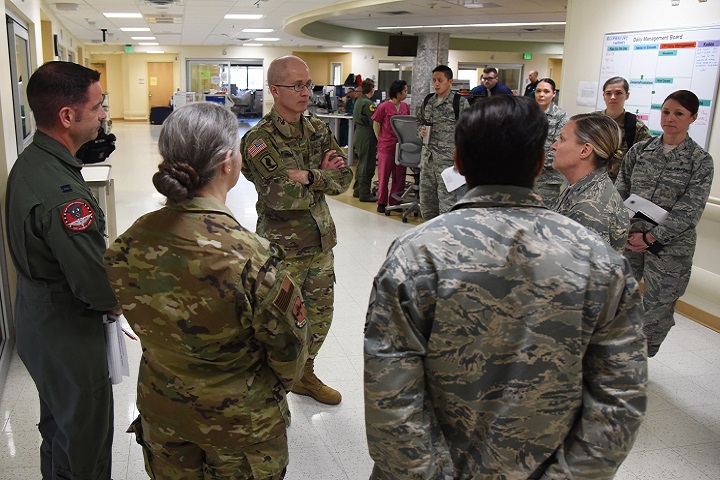
Every month Keesler Medical Center’s Labor and Delivery Clinic averages approximately 35 births






















.png)











No hay comentarios:
Publicar un comentario